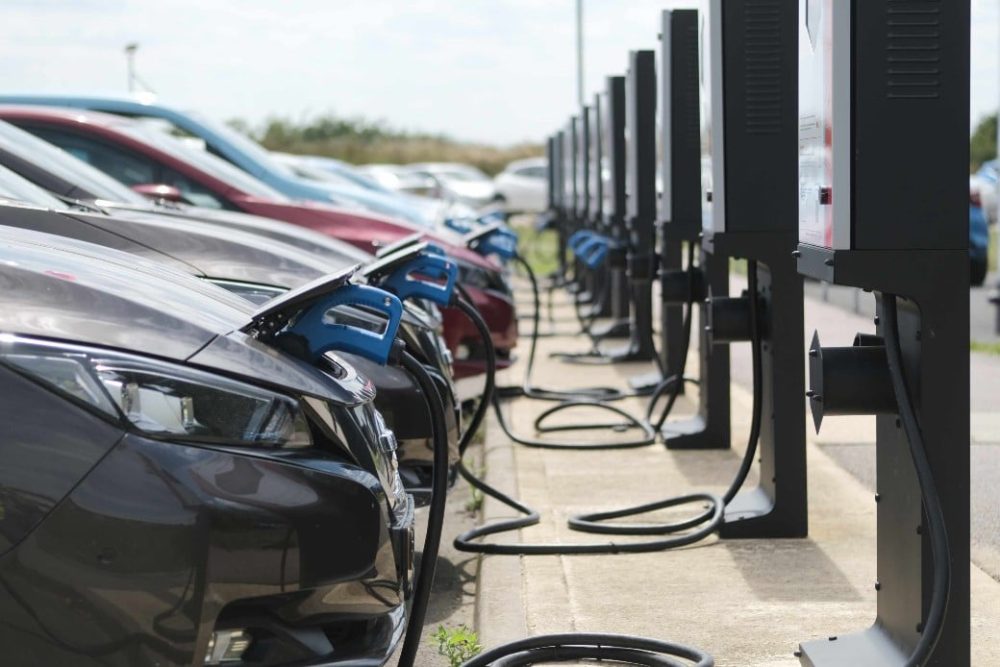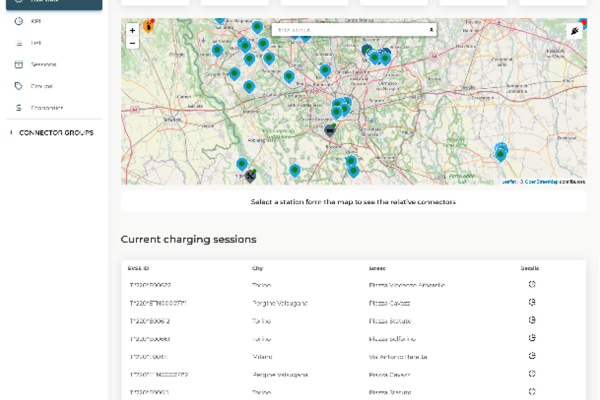ADOPTION of vehicle-to-grid (V2G) charging systems has potential to deliver huge savings, both in financial terms for electricity system operators and vehicle fleets, and in environmental terms, by significantly cutting CO2 emissions across the UK power system.
That’s one of the key insights contained in a white paper published as a result of a major collaboration involving Nissan, E.ON Drive and Imperial College London. It explores how the bi-directional charging capability of electric vehicles (EVs) could contribute to lower emissions and help achieve long-term goals in relation to climate change.
The White Paper offers supporting recommendations and calls for the introduction of incentives to accelerate widespread adoption of vehicle-to-grid (V2G) charging systems, enabling potential benefits to be unlocked.
It also addresses some of the challenges that will be faced in the early days of V2G, particularly around creating a reliable business case in the context of evolving energy markets and regulation.
Nissan, E.ON Drive and Imperial College are partners in a commercial fleet V2G project – known as e4Future, which aims to demonstrate how electric vans and cars can support the UK grid and provide a profitable and sustainable solution for business fleets.
The e4Future project is part of the V2G competition, funded by the Department for Business, Energy and Industrial Strategy (BEIS) and the Office for Zero Emission Vehicles (OZEV), in partnership with Innovate UK, part of UK Research and Innovation.
Publication of the White Paper follows news in August of the first large-scale V2G trial involving 20 chargers installed at Nissan’s European Technical Centre in Cranfield
Key insights:
The White Paper indicates that V2G could deliver the following benefits:
- An overall power system cost saving of £410m-£885m/year during the next decade from offsetting capital and operational expenditure.
- The potential for reducing carbon emissions from the power system to as low as -243gCO2/km.
- Electricity system operation cost savings of up to £12,000 per annum per EV and CO2 reduction of approximately 60 tonnes per annuam per EV.
- Annual fleet V2G charging benefits could range between £700-£1,250 per vehicle.
Professor Goran Strbac, Chair in Electrical Energy Systems at Imperial College London said: “Our research has demonstrated that V2G can provide very substantial economic benefits to the power system as well as reduce carbon emissions. This revealed that the additional flexibility provided by V2G fleets can considerably improve system efficiency and reduce investment in new low-carbon generation, while meeting national decarbonisation targets”.
For more information about how businesses with fleets can get involved with V2G, visit www.eonenergy.com/v2g
Vehicle-to-Grid Technology
V2G technology allows electricity to flow in both directions to and from electric vehicle batteries, allowing energy stored in the battery to be sold back to the grid when demand for power is high. Vehicles can then charge when demand is lower or renewable generation is high, reducing reliance on fossil-fuelled generation and giving V2G a role in carbon reduction efforts. It can also release capacity on the electricity networks which distribute power around the country.
Fleet vehicles are often uniquely suited to V2G applications, due largely to regular and predictable usage patterns, and the fact that they often return to base at the end of the working day, where they sit idle overnight. This provides perfect conditions for V2G to utilise the energy stored in their batteries, before ensuring the vehicles are fully charged and ready for use again the next morning.








